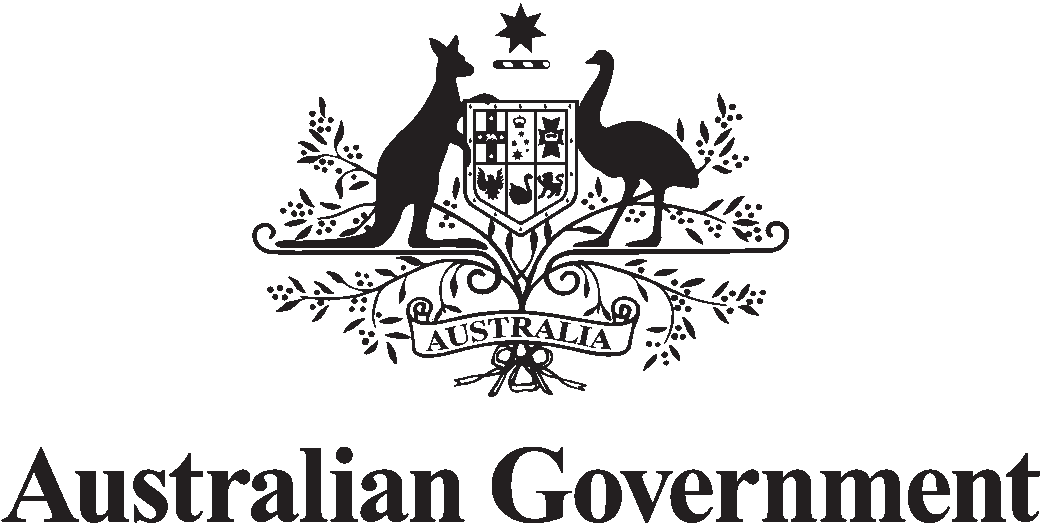Integrated Talent Management in the Federal Government

If there’s one
pastime that we all love engaging in, it’s debating and arguing about the
government. Particularly in countries like Australia, where years of infighting
and bickering have left the sector feeling more like a soap opera at times, the
turbulence at the top is a ripe target for discussion.
What such
lively conversation fodder often overlooks, somewhat unfairly, is that the
public faces we see on the television every night don’t make up the entire
government. Indeed, they’re merely a small – if highly visible – percentage of
the sector as whole, with thousands of other men and women working behind the
scenes to keep their country moving.
Just like any
other industry, the federal government regularly deals with challenges
in acquiring and retaining the best workforce possible. That doesn’t mean
that the HR departments of political parties are looking to recruit the next
prime minister or attorney general, but all of the employees who support the
government in its developing and implementation of policy come from the same
job market as anyone else. Offering people a compelling incentive to join – and
stay with – the public service should be a high priority.
Coping
with the aging workforce
One of the
primary challenges faced by federal governments when it comes to employment is
the rapidly aging population. According to The World Bank, the problem is
greater in East Asia and the Pacific than anywhere else in the world – the
region was home to more than 211 million people aged 65 and older in 2010. That
number isn’t likely to ease anytime soon, with the research estimating 22
percent growth in the older population every five years.
In countries
where the public service is made up of many thousands of people, finding the
required number of people to replace these aging workers is likely to be the
source of escalating difficulty. In Australia, for example, the sector employed
more than 150,000 people at the end of 2015, over 30 per cent of whom were at
least 50 years old. Compare that to 2001 when just 20.2 per cent were in the
same age bracket, and you can see how quickly the situation has changed.
Managing
recruitment under tight budgetary constraints
Another
constant roadblock on the path to finding the best federal government
employees, more pressing in the public sector than many other industries, is
the need to stay in line with tight budgets and hiring restrictions. Given that they are
using public funding and are essentially answerable to the entire nation,
government agencies need to keep strict control over their spending in all
areas – recruitment included.
As anyone who
has been through it will know, the traditional method of advertising a vacant
role, interviewing and testing candidates, onboarding, and training can be
a costly endeavor – often taking weeks or even months at a time. In the case of
agencies for whom time and money is at a premium, having a better solution for
finding and managing talent can make a huge difference when the next budget
process rolls around.
Meeting
the challenges head on with talent management
While the
prospect of a huge population of retired individuals in our society presents a
number of potential problems. From a workforce point of view, however, as long
as there are younger employees able to replace retirees, then the issue will be
largely solved. For an organization to have this ability, however, a
carefully devised succession strategy will need to be put into place.
With the right
talent management solution in place, keeping track of an employee’s performance
development is highly emphasized, allowing a government agency to easily identify
leadership potential in the next generation. Aligning individual employee
goals with that of the entire department helps to better engage the workforce,
and reveals gaps in the workforce that need to be addressed for better
performance.
Meanwhile,
with a system designed to recognize talent within the organization, the
possibility of hiring internally when a role becomes vacant is greatly
improved, potentially eliminating much of the regular recruitment process. And
when you do need to hire from outside your current employee pool, having an
effective talent management system in place speeds up the hiring and onboarding
timeline, allowing your new workers to get started on the duties they were
hired for much more quickly. 
Whatever
federal integrated talent management solutions government workforce is facing, integrated talent
management software can help agencies locate, acquire, retain and grow superior
and critical talent. While replacing the party leaders and ministers may be the
task of the parties themselves, finding the right people to do the important
work in the anonymous corridors of power needn’t be a struggle.
Follow Joe Abusamra on Twitter - @JoeAbusamra
Follow Acendre on Twitter - @AcendreTalent
Back To List